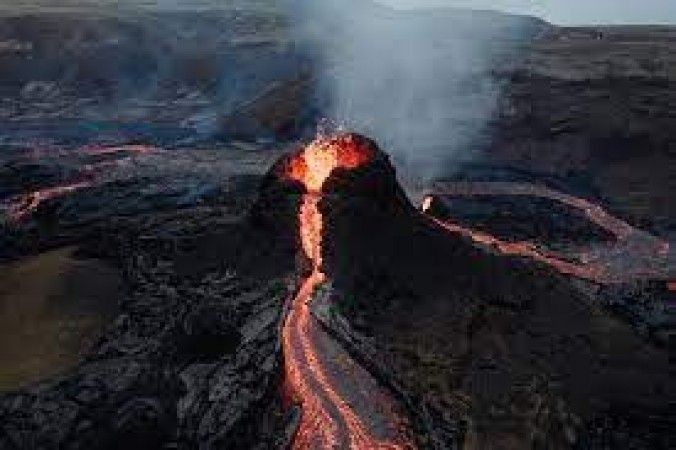
Imagine a landscape sculpted by the fiery breath of the Earth, a canvas painted with molten hues, and an adventure that draws travelers from every corner of the globe. In the realm of geological marvels, volcanoes stand tall, commanding awe and fascination. But which country boasts the largest number of these majestic natural spectacles, beckoning tourists to witness the raw power of the planet?
Nestled within the Pacific Ring of Fire, Indonesia emerges as the unrivaled champion in the world of volcanoes. With over 130 active volcanoes, this archipelagic nation offers a mesmerizing display of nature's forces.
Stretching across Asia, the Americas, and Oceania, the Pacific Ring of Fire is the ultimate theater of volcanic activity. Countries like Japan, the Philippines, and Chile contribute to this fiery ensemble.
Home to iconic peaks like Mount Fuji, Japan's volcanic landscape is a testament to the coexistence of nature's beauty and geological dynamism.
Nestled in the North Atlantic, Iceland stands as a geological wonderland, where volcanic activity meets glacial landscapes, creating an otherworldly experience.
The allure of witnessing molten lava flows, steaming vents, and the sheer power of a volcanic eruption captivates the adventurous spirit. Tourists seek both thrill and serenity in these volatile landscapes.
From the black sand beaches of Hawaii to the calderas of Santorini, volcanic regions offer a rich tapestry of geological diversity, providing photographers with captivating subjects.
Volcanic tourism brings economic benefits to local communities, creating jobs and supporting small businesses. The appeal of witnessing nature's drama contributes significantly to the tourism industry.
While volcanic tourism is a boon for local economies, it also raises environmental concerns. Striking a balance between exploration and conservation is crucial to preserving these natural wonders.
With the allure of volcanic landscapes comes the responsibility of ensuring tourist safety. Robust safety measures and preparedness are essential to mitigate risks associated with volcanic activities.
Volcanic regions offer unique educational opportunities. Research and study of these geological marvels contribute to our understanding of Earth's processes and aid in disaster preparedness.
As tourism continues to grow, the need for sustainable practices becomes imperative. Balancing exploration with conservation ensures that future generations can marvel at the same landscapes.
Advancements in technology, such as satellite monitoring and predictive modeling, empower scientists to better understand and forecast volcanic activity, enhancing safety measures.
In the words of those who have ventured into volcanic realms, personal experiences paint a vivid picture of the emotional impact and transformative nature of such journeys.
Beyond their geological significance, volcanoes hold cultural importance in many societies. Mythologies and traditions often intertwine with these fiery giants, adding a layer of mystique.
In the grand tapestry of Earth's wonders, volcanoes stand out as both creators and destroyers. As tourists continue to seek the thrill of witnessing these geological marvels, it is crucial to foster responsible tourism, ensuring the preservation of these natural wonders for generations to come.
Tesla Sets Sights on Affordable EVs: Plans to Launch New Models by Mid-2025